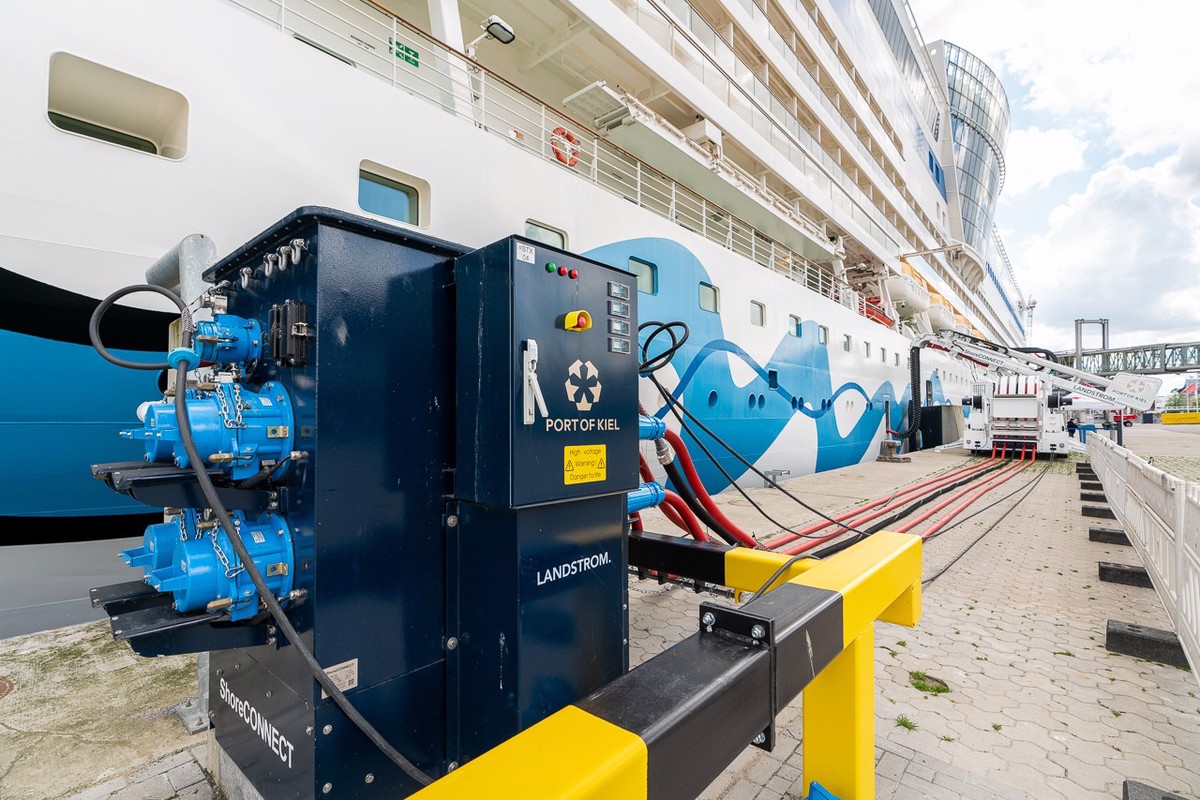Governments should expedite shore power investments - Interferry
Governments around the world should direct a portion of carbon tax revenues into developing onshore power supply in ports, Interferry has urged.
 PHOTO: A shore power unit at the Port of Kiel. Siemens
PHOTO: A shore power unit at the Port of Kiel. Siemens
Interferry is a global association representing 260 ferry companies across 40 countries worldwide.
The non-profit has urged “governments and electricity utilities” to prioritise investments in shore power. It has asked governments to channel a portion of revenues earned from carbon taxes into the development of shore power supply infrastructure.
“Many governments have implemented or will be implementing a carbon tax, so Interferry is urging for some of these tax revenues to be allocated to ports and terminals for electrification purposes,” Interferry’s chief executive, Mike Corrigan said.
Since most ferry crossings last “between 30 minutes to two hours”, ferries are best suited to switch to battery-based propulsion over fossil fuels, Interferry explained. Ferries can charge their batteries by plugging into the electrical grid in the port and connecting to an onshore power supply.
Battery-based propulsion will help reduce ferries’ carbon footprint, Corrigan said. In addition, “operating battery-electric ferries also means that the ferry industry doesn’t have to tap into the limited resources of alternative fuels,” he added.
Shore power gaining traction
Over the past few years, interest in onshore power supply has grown just beyond the ferry segment.
Larger ships like cruise ships and container ships need power for many different onboard operations and equipment while docked at berth. These operations can be powered by connecting to shore power, without relying on the ship's own power supply. It can help to reduce a vessel's overall fuel consumption and lower its well-to-wake emissions in the near-term, even if it does not have a dramatic impact on global shipping emissions.
The EU has adopted new Alternative Fuel Infrastructure Regulation (AFIR) that requires shore power installations to be deployed at all inland ports connected to the Trans-European Transport Network (TEN-T) by 2024 and at all TEN-T seaports by 2029. The regulation mandates that all container and passenger ships will be required to use shore power for “all electricity needs” while docked at major EU ports from 2030.
The New York City Council has mandated cruise ships to use shore power facilities when docked at the city’s terminals. The Danish Port of Aarhus has announced that it will levy an additional charge on cruise ships for not connecting to shore power from 2024.
According to the classification society DNV, there are currently 118 facilities across ports globally that offer shore power connectivity to vessels, with 47 more planned and four under discussion.
By Konica Bhatt
Please get in touch with comments or additional info to news@engine.online






